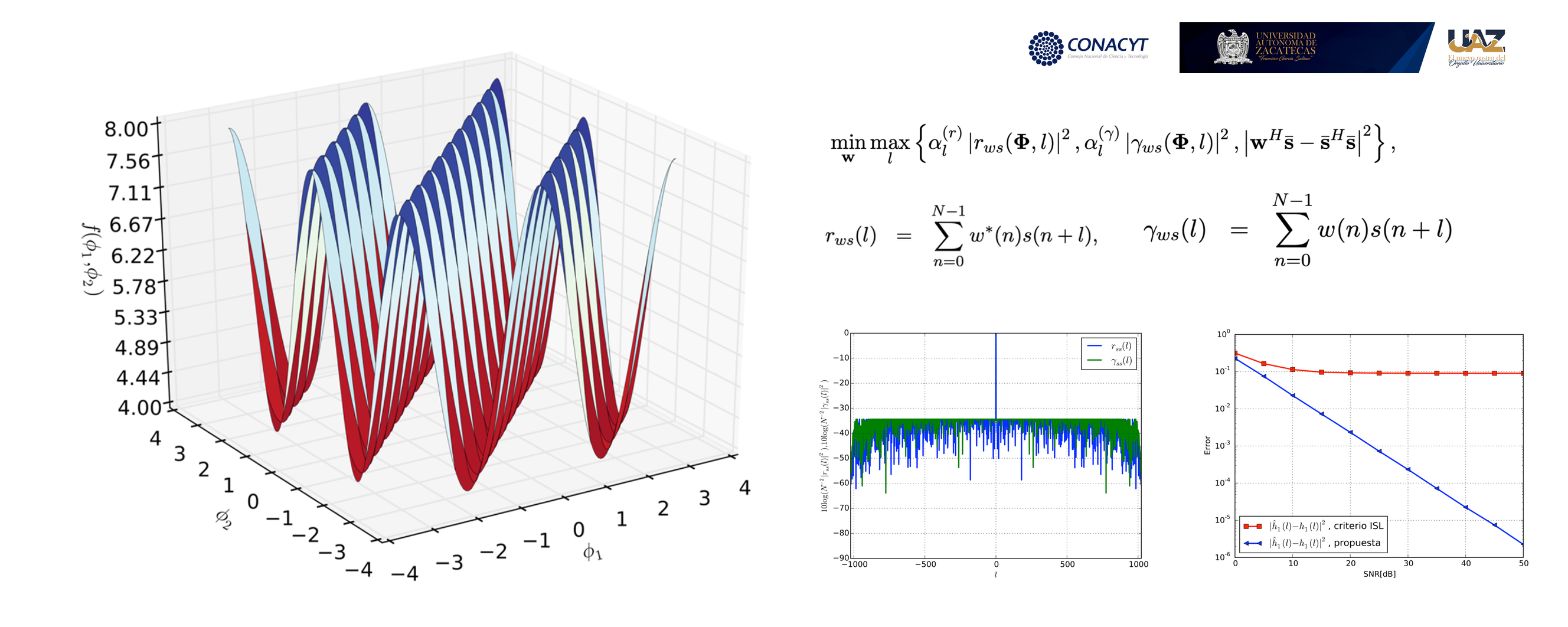Receive Filter Design Considering a Complete Second Order Characterization
Keywords:
mismatched filter, correlation analysis, sidelobe level, sequences , optimization, linear systemsAbstract
In active sensing applications, the design of sequences that improve the estimation and detection of objects in a medium is of fundamental interest. Two approaches are commonly employed to process the received data and improve range resolution as well as target detection. They involve the use of either a matched or a mismatched filter. Traditionally, the synthesis of these filters is based upon criteria that consider a partial second order characterization of the processed signals, being the only design parameter the minimization of the correlation sidelobes. This approach has proven to be adequate when strictly linear systems are used to model the scenarios under analysis. Here, we extend the synthesis approach of the receive filter when the profile to be estimated can be modeled by a widely linear system, whose output is affected with additive noise. The computation of the receive filter coefficients is based on the minimization of the peak sidelobe level (PSL) due to the correlation and complementary correlation of the processed signals. The resultant optimization problem is addressed by making use of the minimax algorithm, which can be implemented efficiently in a computer. Numerical results show that it is possible to jointly minimize the second order moments of the receive filter, however, for some scenarios a bound is reached where it is not possible to further decrease the magnitude of the correlation and complementary correlation of the filter with the probing sequence.
Downloads


